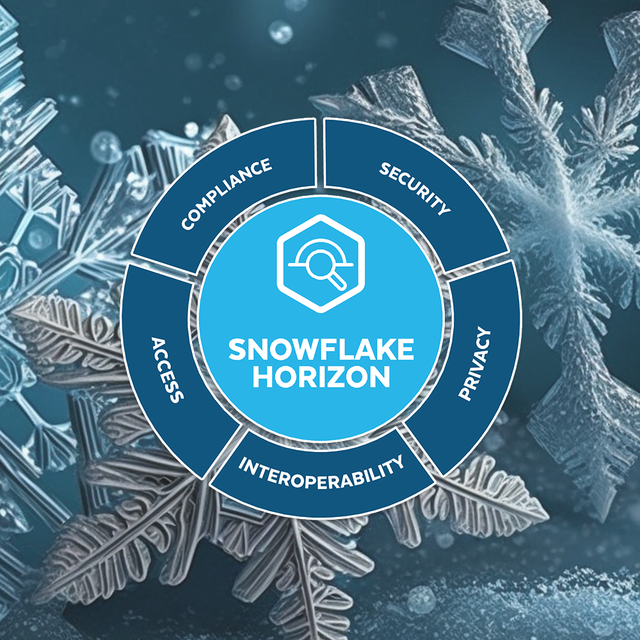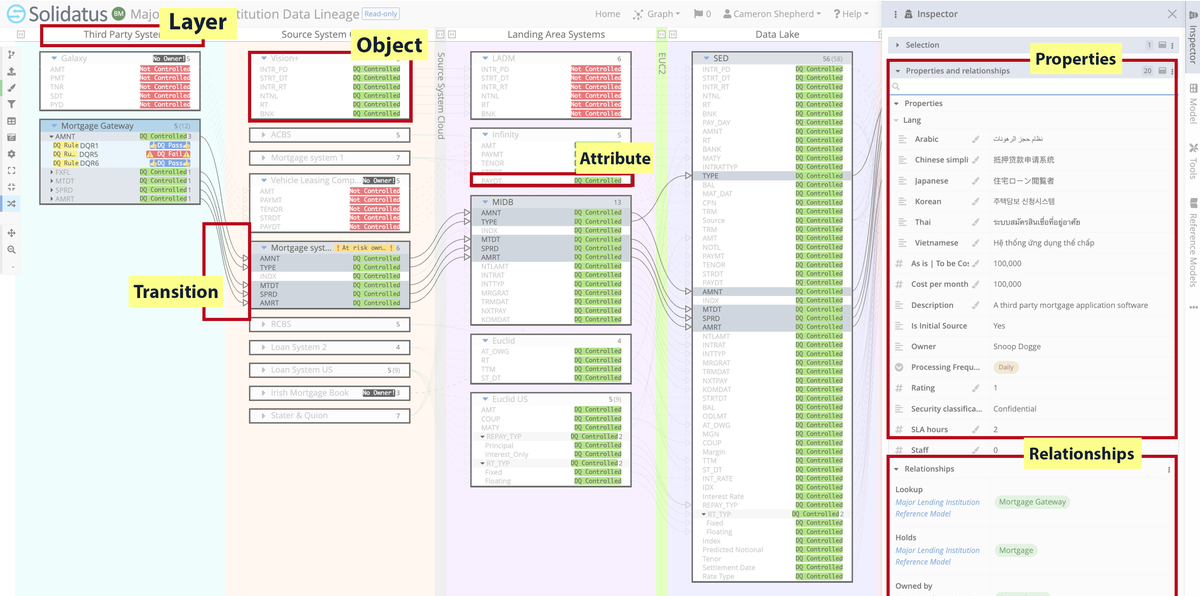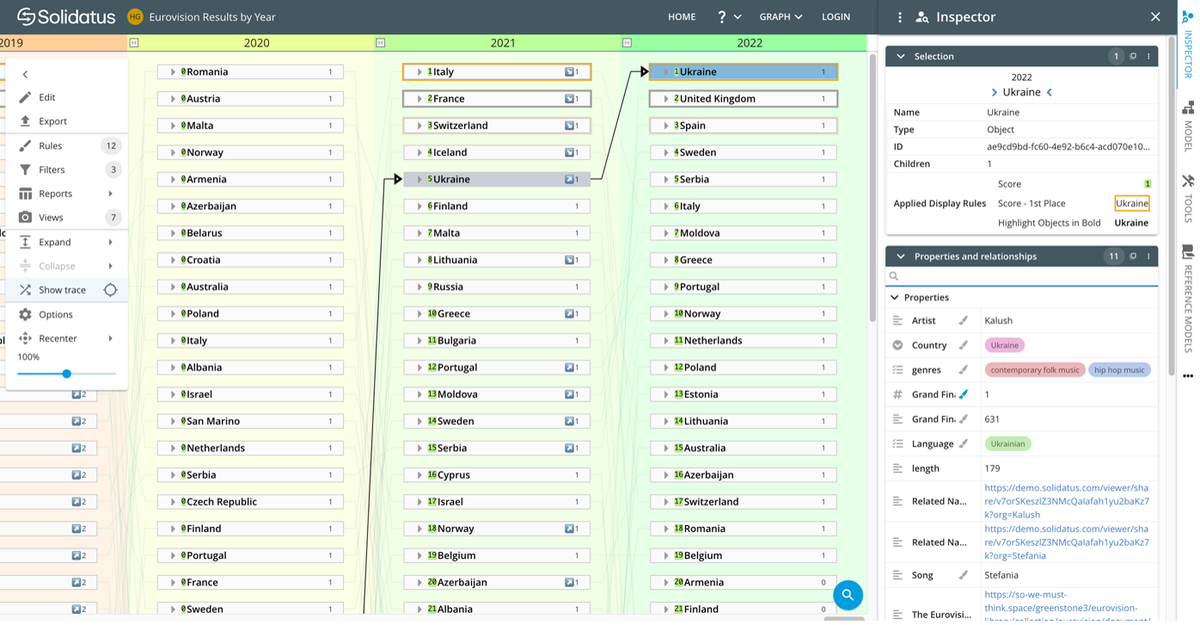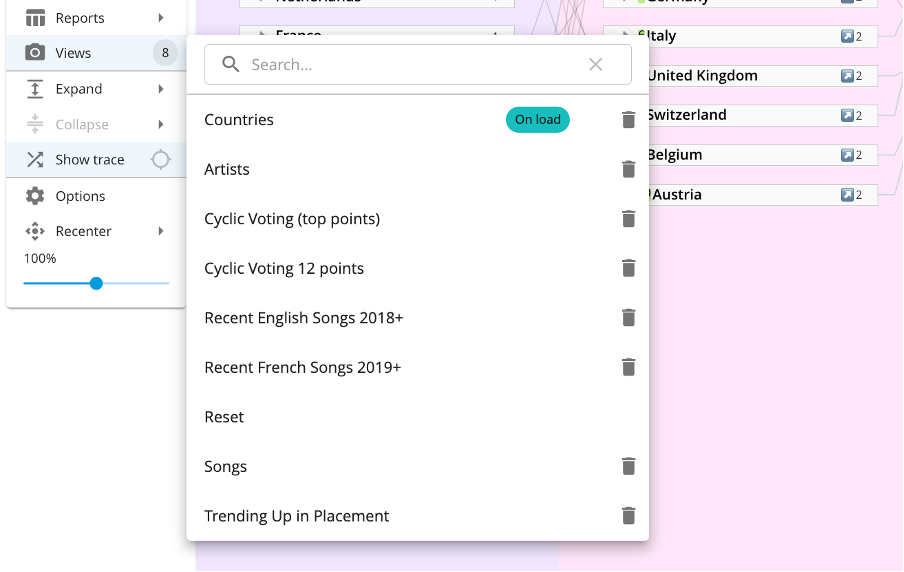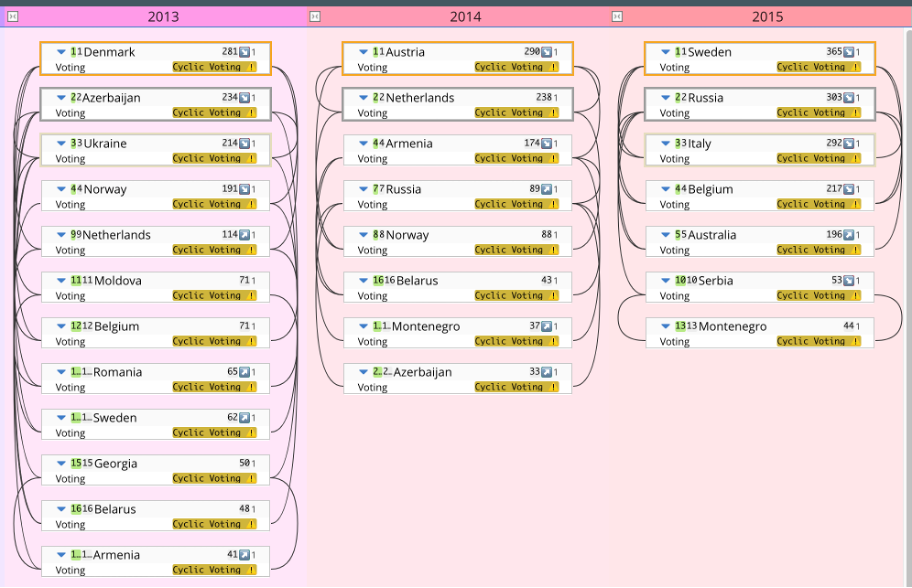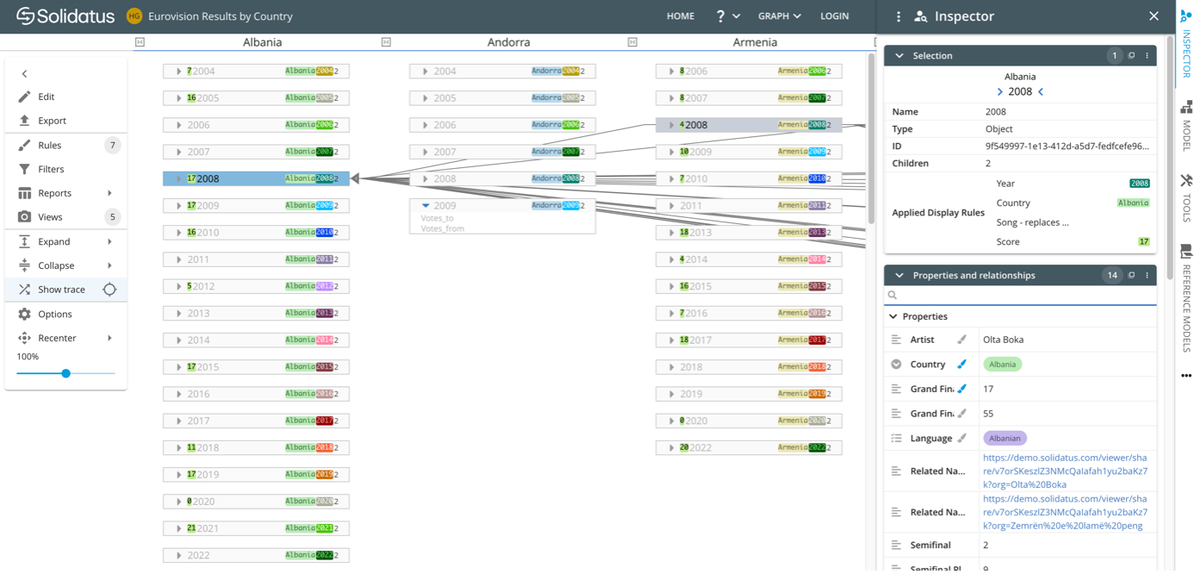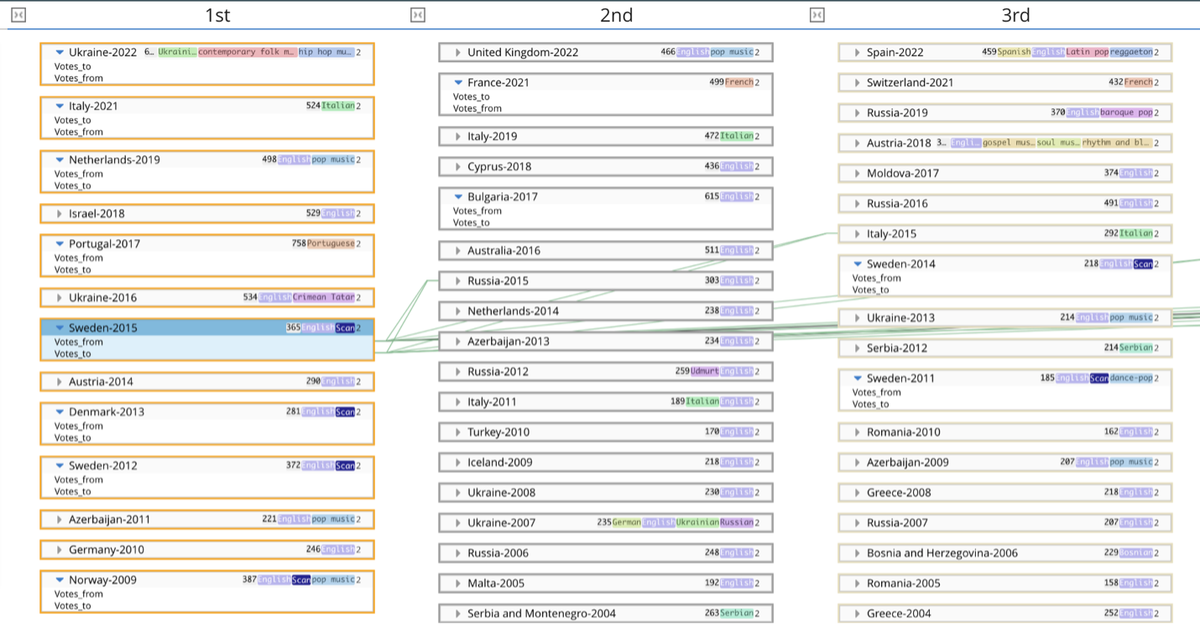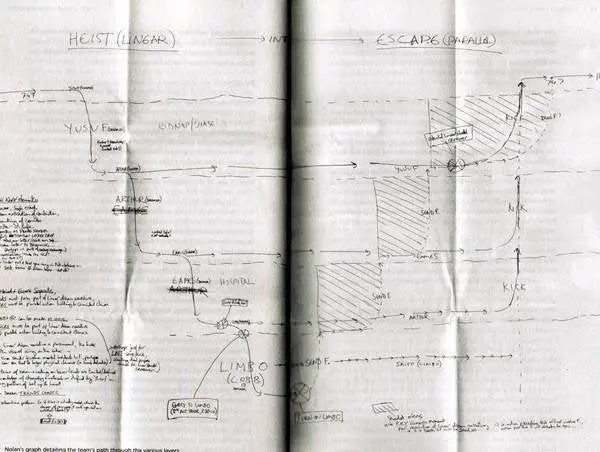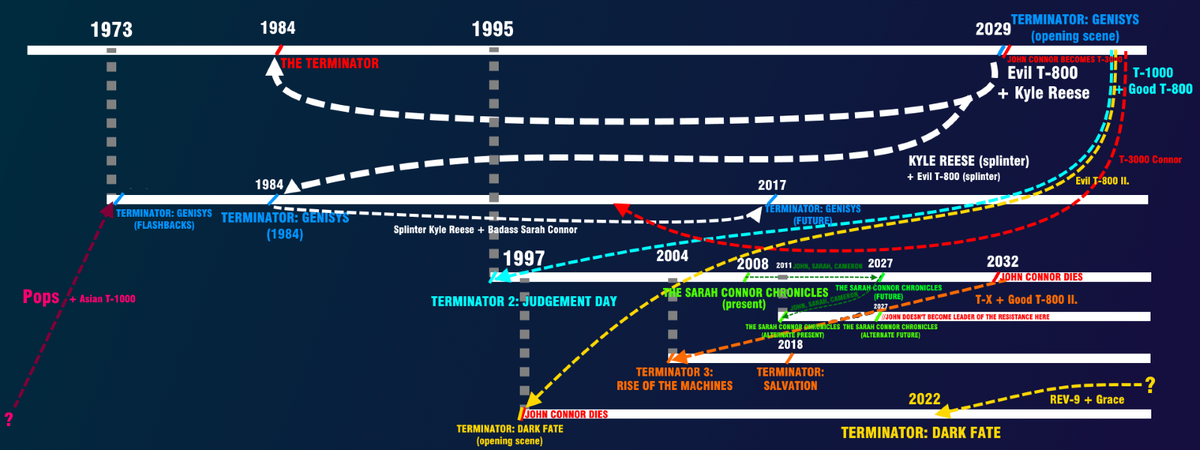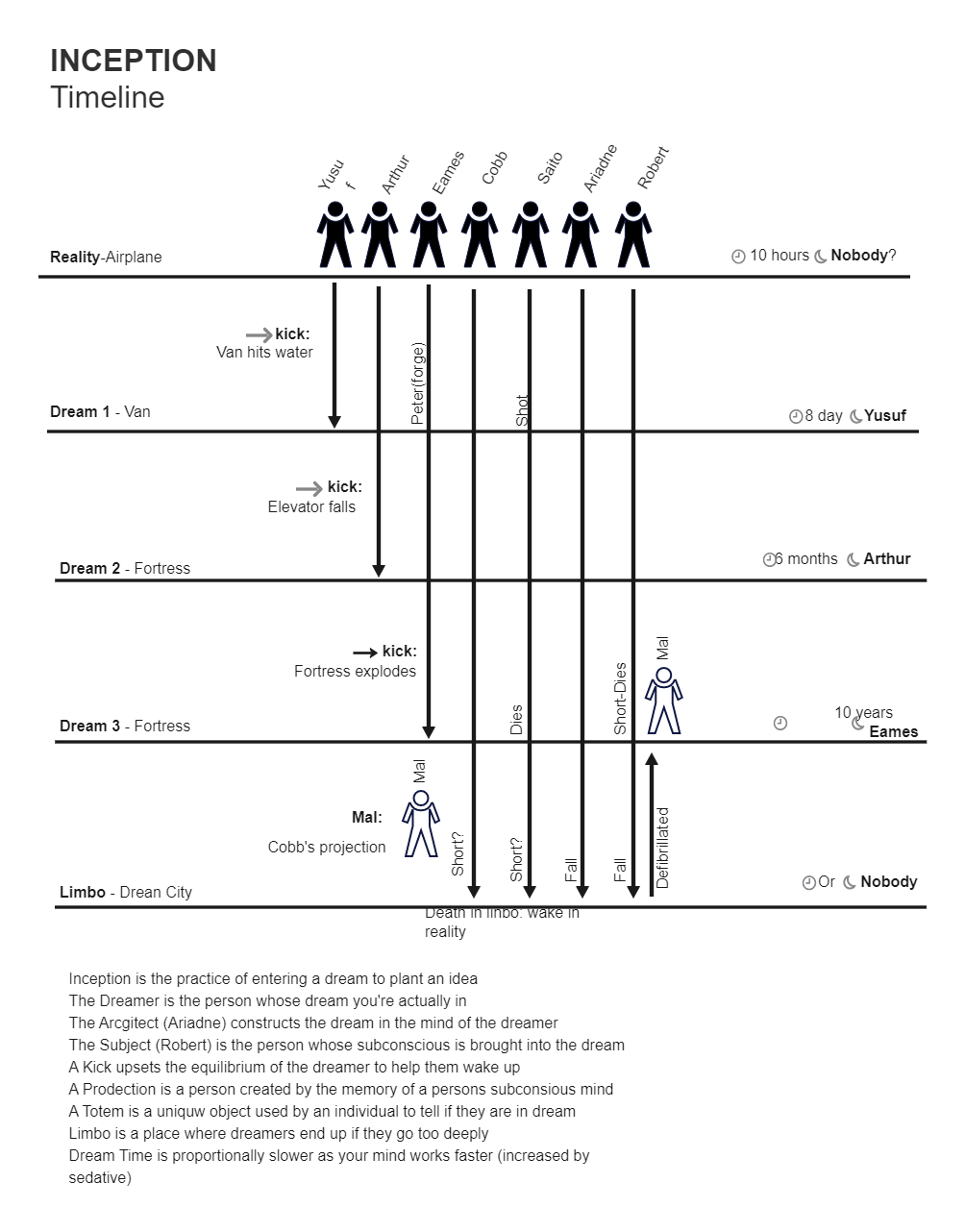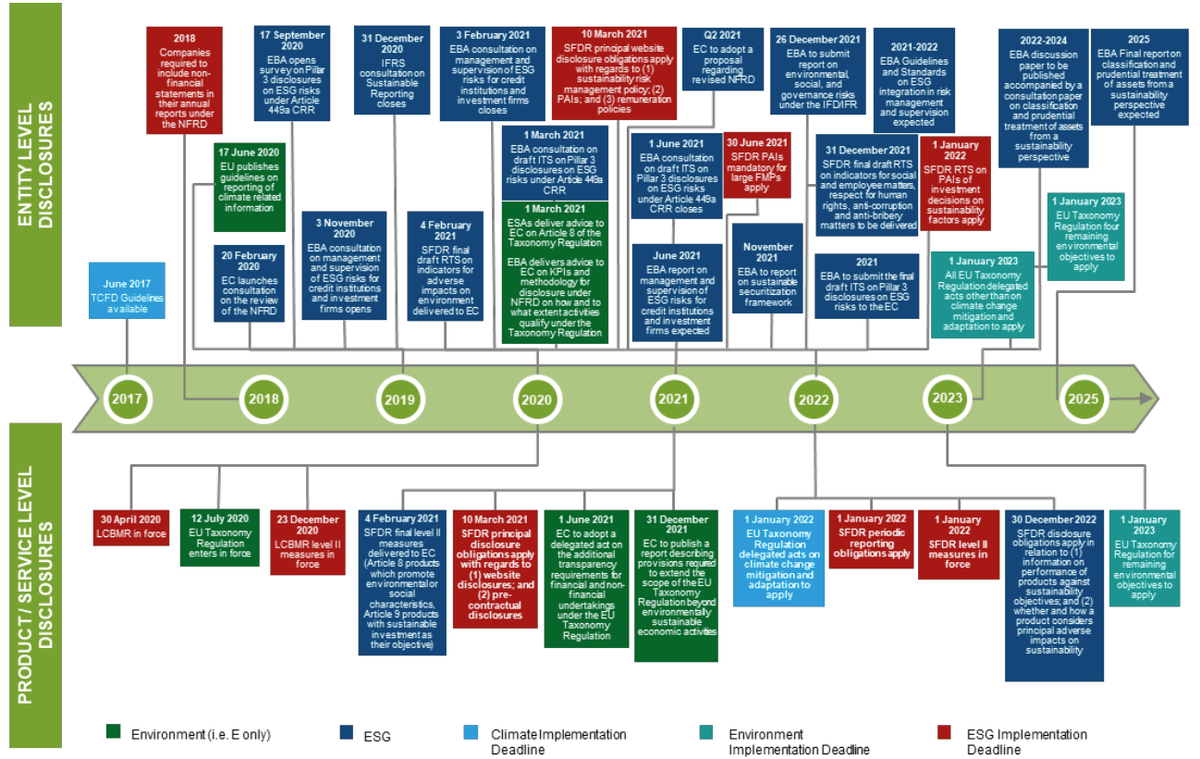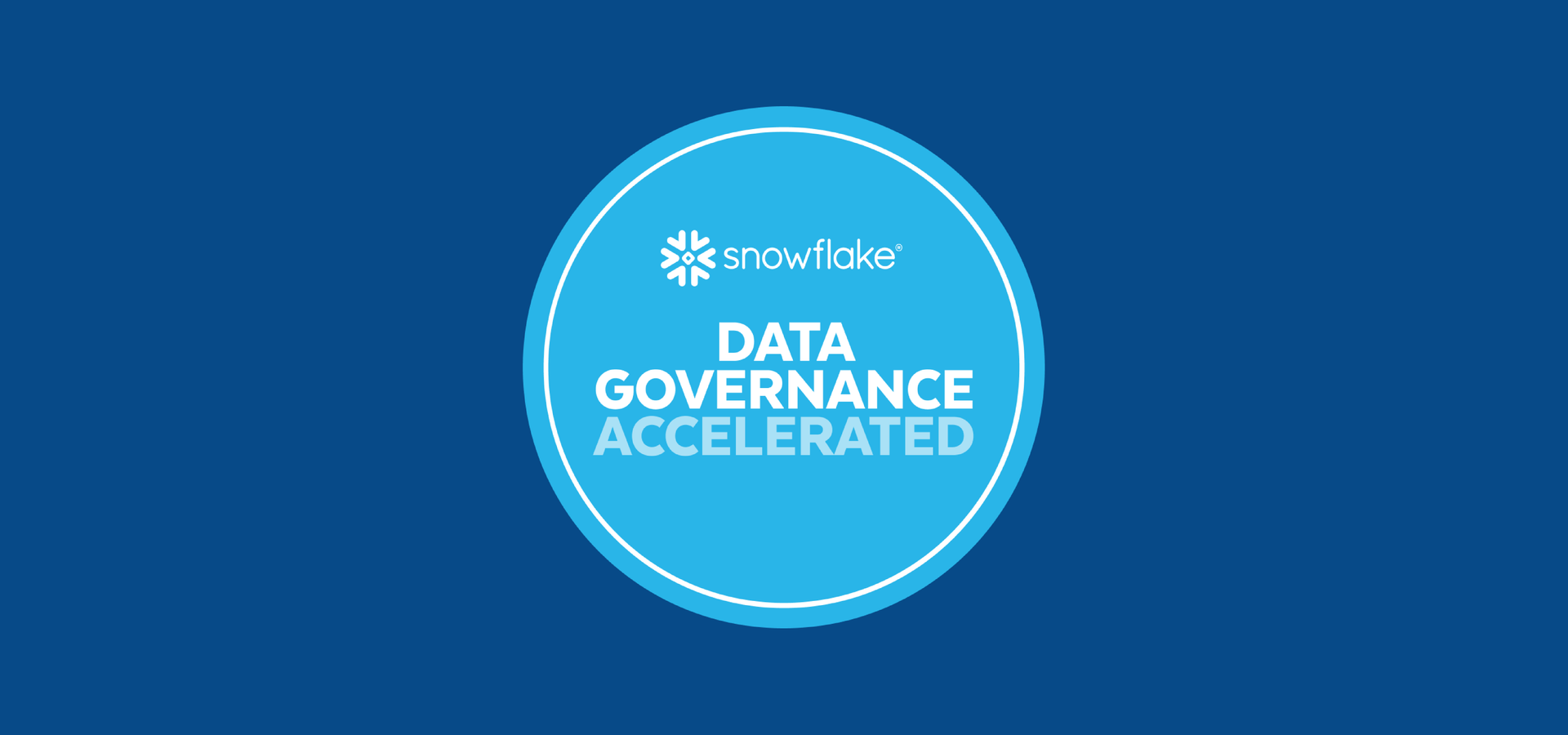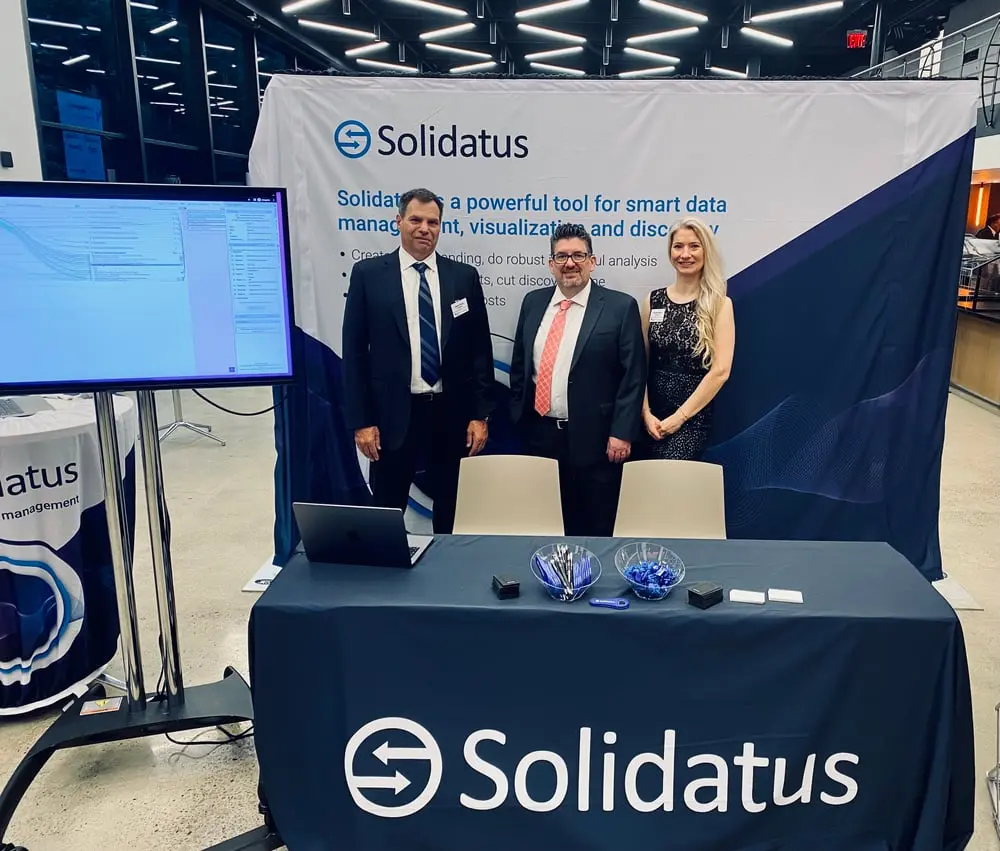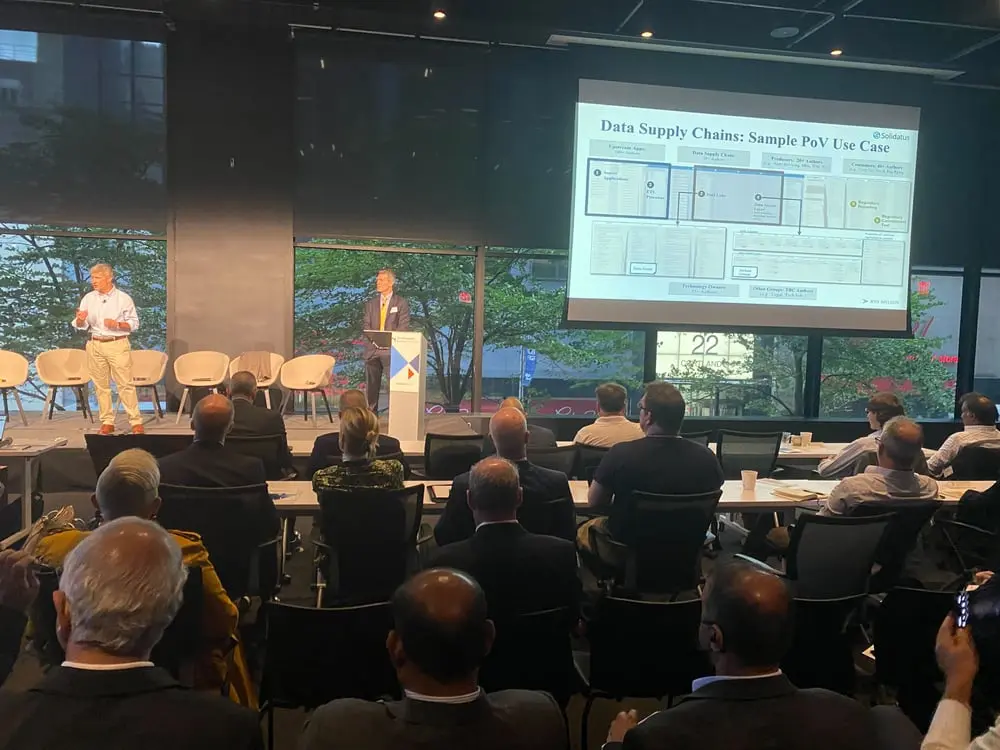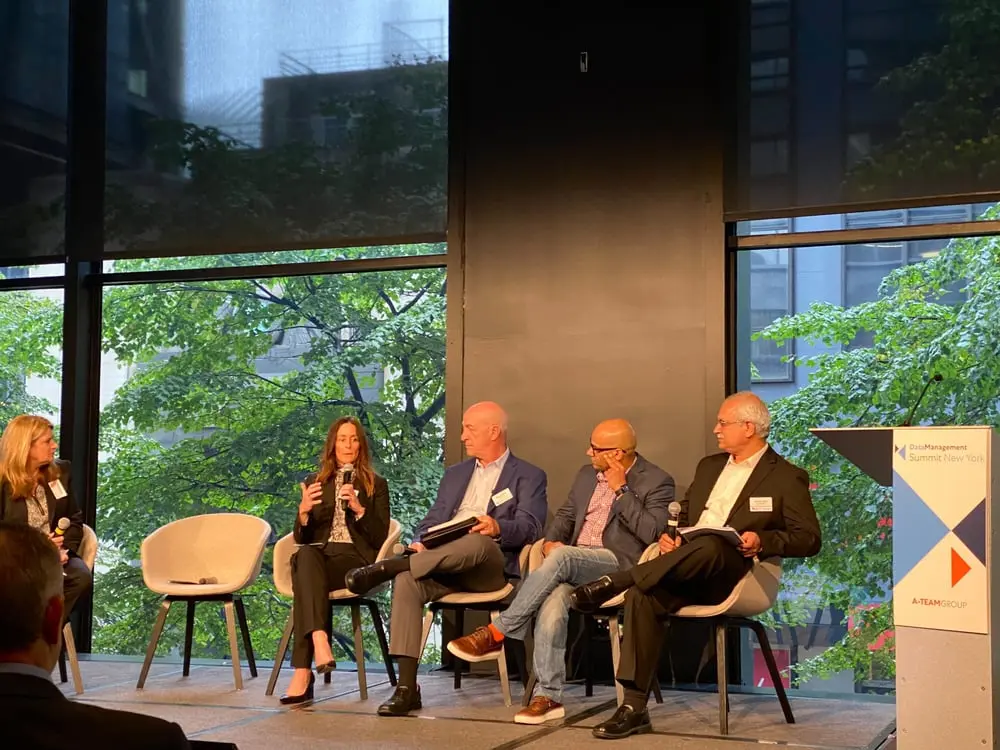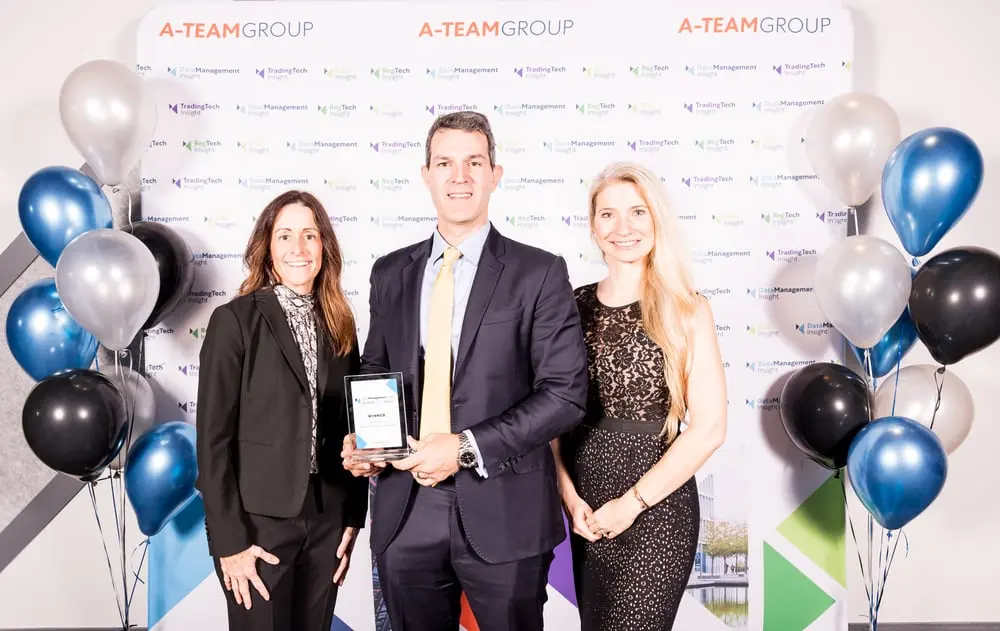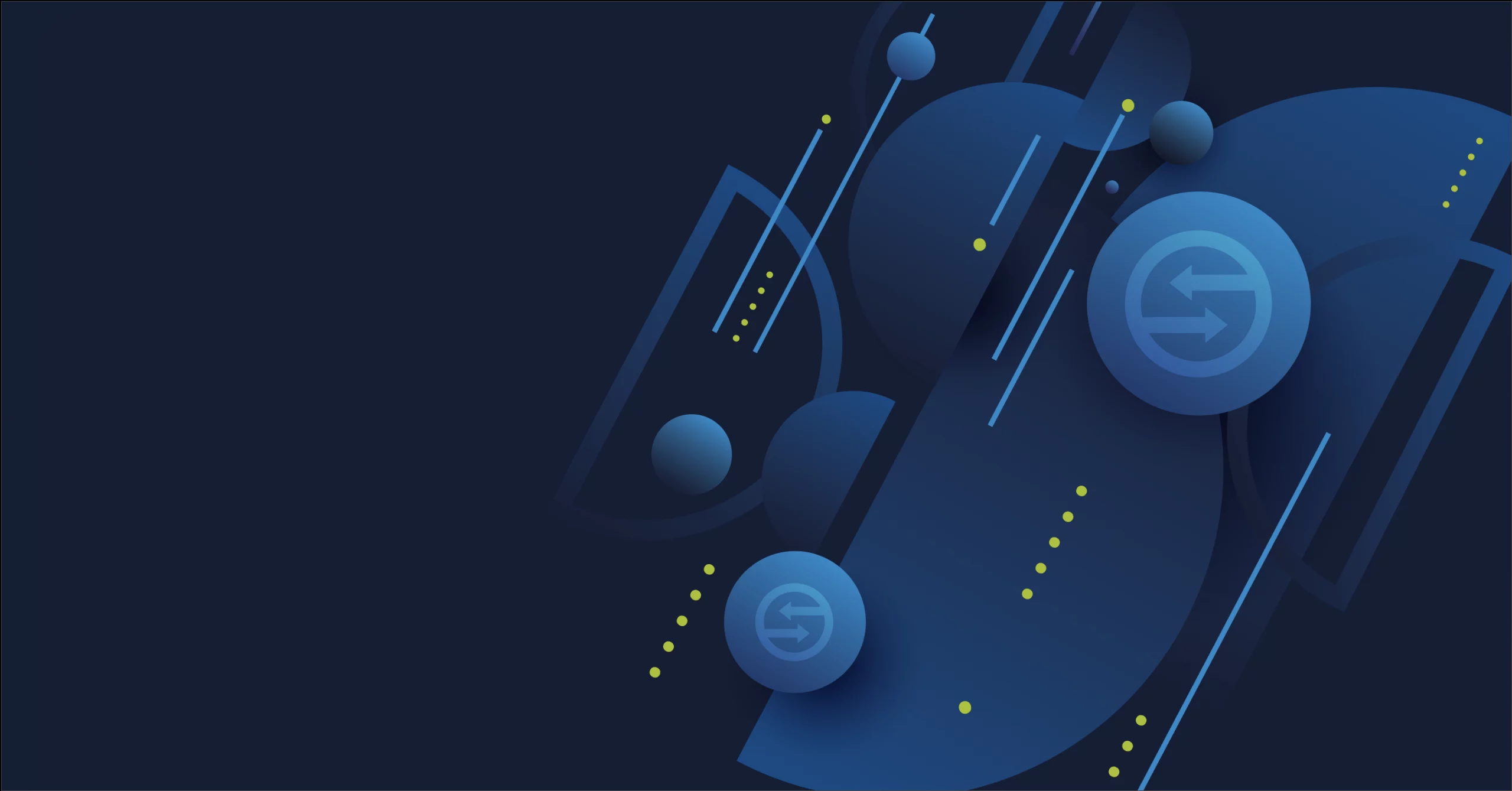
Complimentary access to this report is no longer available. Keep an eye out for new Gartner content coming soon.
We’re delighted to be recognized as a Representative Vendor in the new Gartner® Market Guide for Data and Analytics Governance Platforms.
If you’re in the data and analytics world, we know you’ll want to understand how the status of this emerging market aligns with your future plans and governance needs. That’s why we’re offering you complimentary access to the new report.
Keep an eye out for Solidatus in the report. We’re proud to support data-rich and highly regulated companies by providing an organization-wide, connected governance solution that goes beyond traditional data management offerings. With Solidatus, you can bring all the components of your data fabric into a single view – one that can be scaled and applied in endless ways.
Get this report to:
- Access expert analysis and recommendations.
- Learn why D&A leaders must explore the emerging market of converging capabilities and exploit them to support their governance needs where they can.
- Find out why Solidatus was recognized by Gartner.
Gartner, Market Guide for Data and Analytics Governance Platforms, by Guido De Simoni, Saul Judah, Andrew White, 3 May 2023.
GARTNER is a registered trademark and service mark of Gartner, Inc. and/or its affiliates in the U.S. and internationally and is used herein with permission. All rights reserved. Gartner does not endorse any vendor, product or service depicted in its research publications, and does not advise technology users to select only those vendors with the highest ratings or other designation. Gartner research publications consist of the opinions of Gartner research organization and should not be construed as statements of fact. Gartner disclaims all warranties, express or implied, with respect to this research, including any warranties of merchantability or fitness for a particular purpose.

